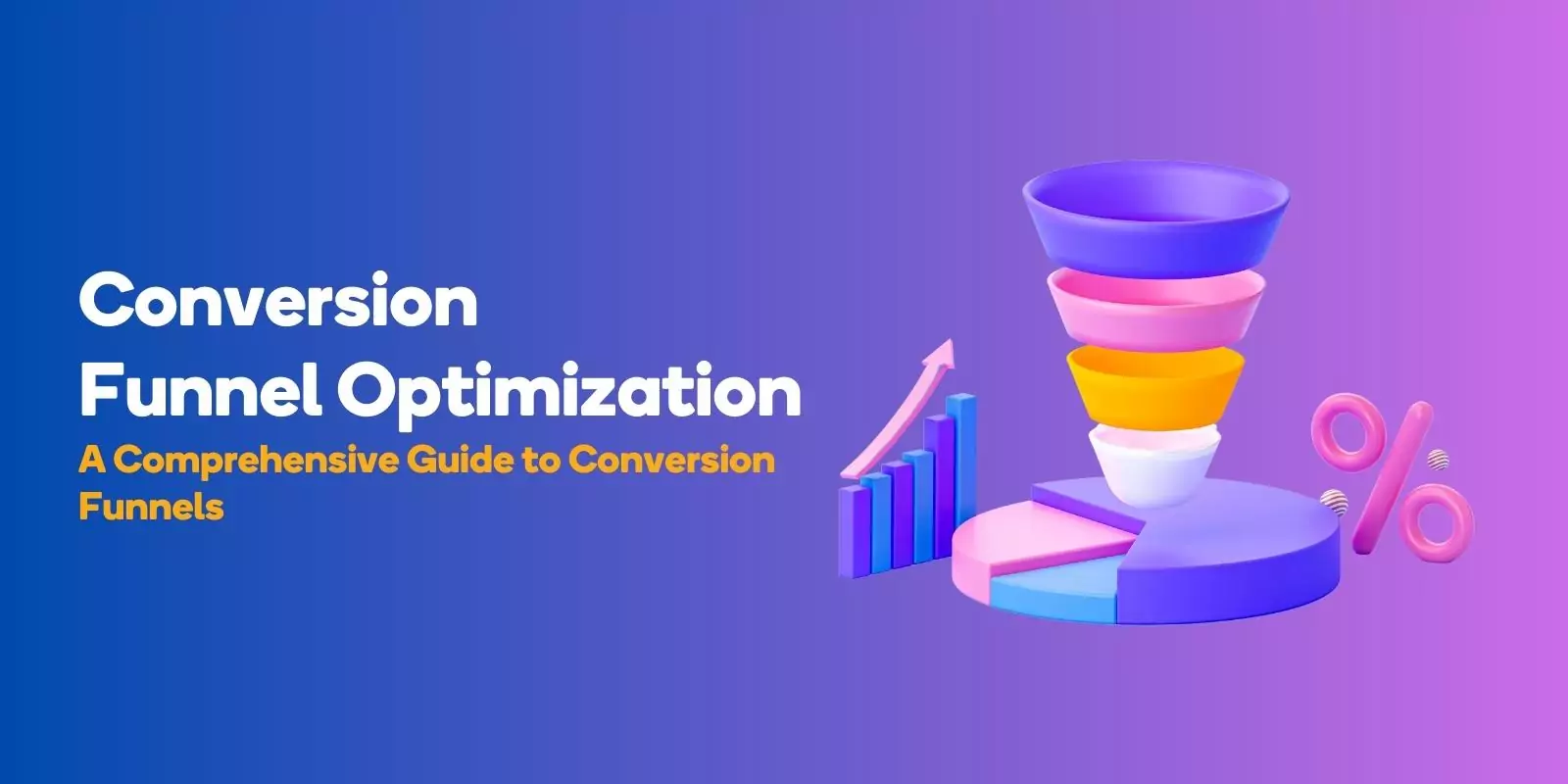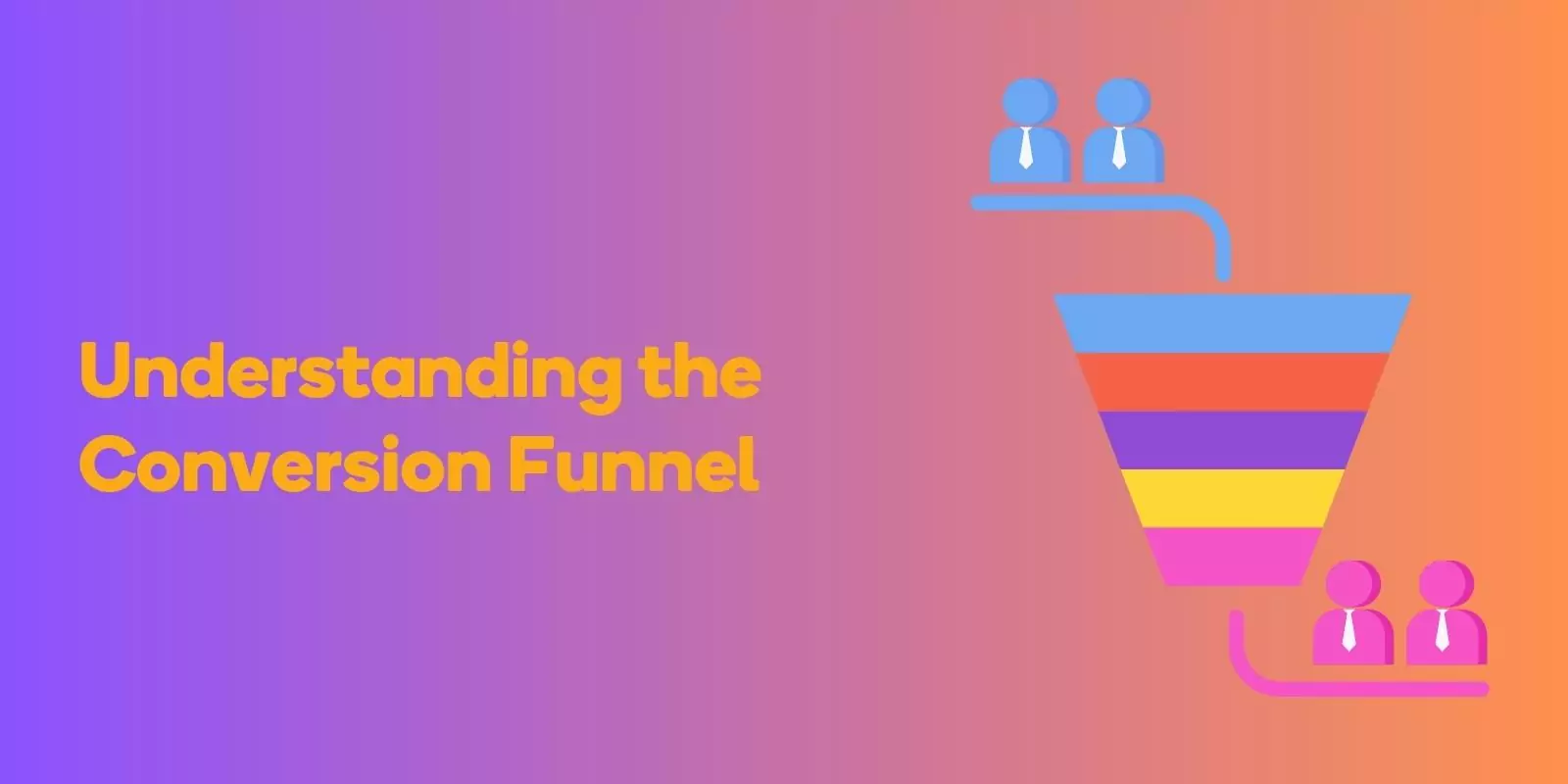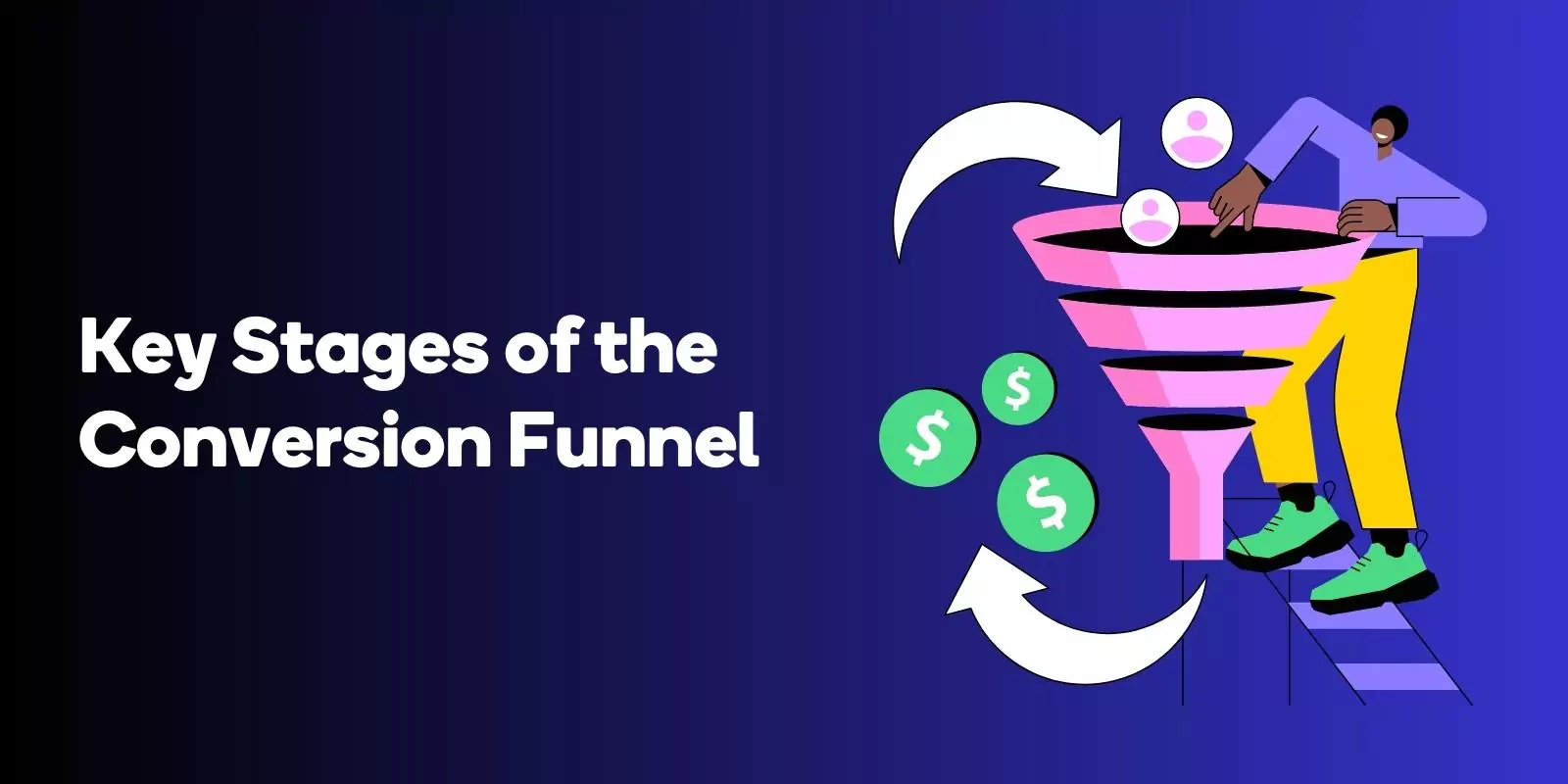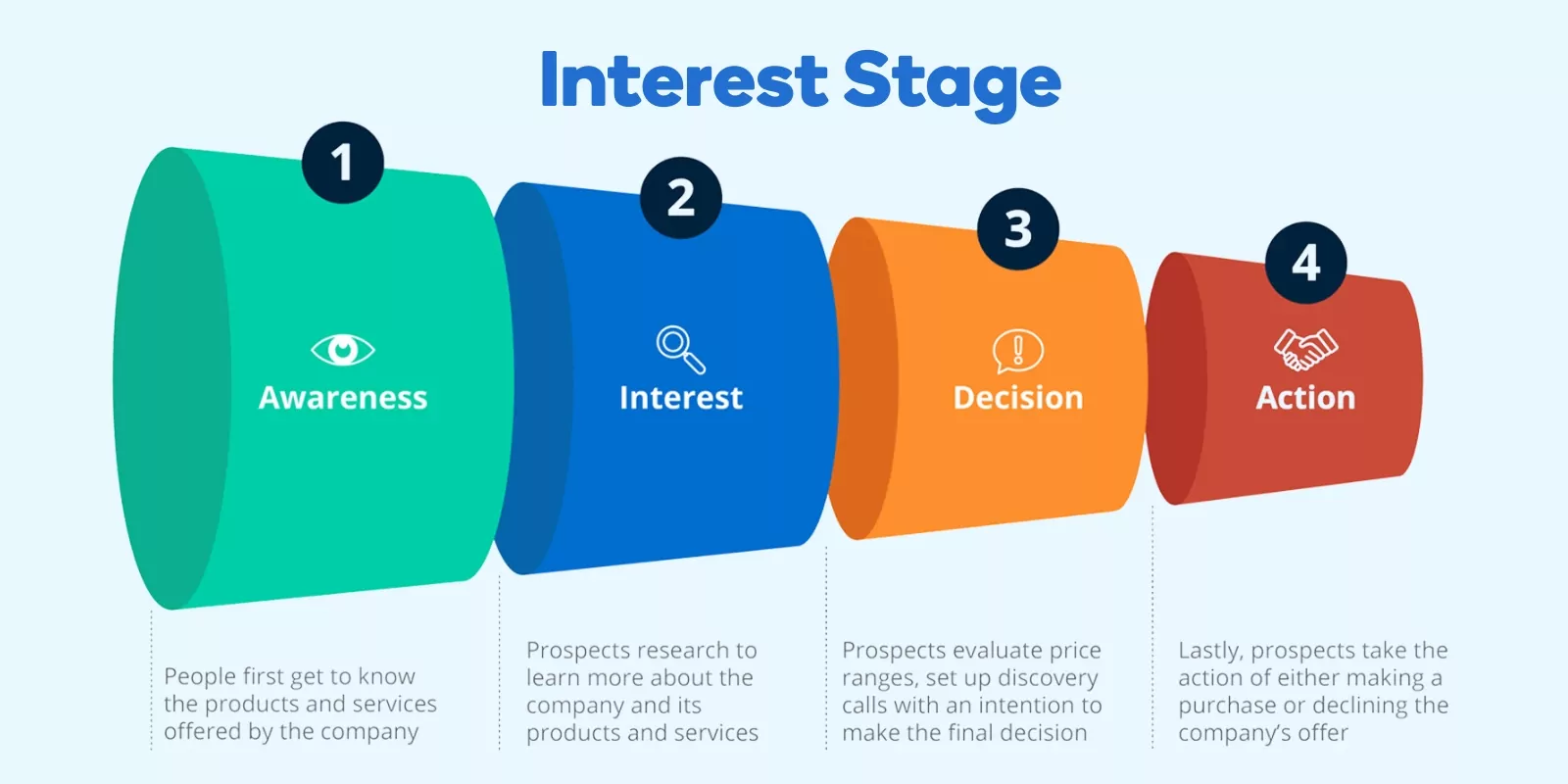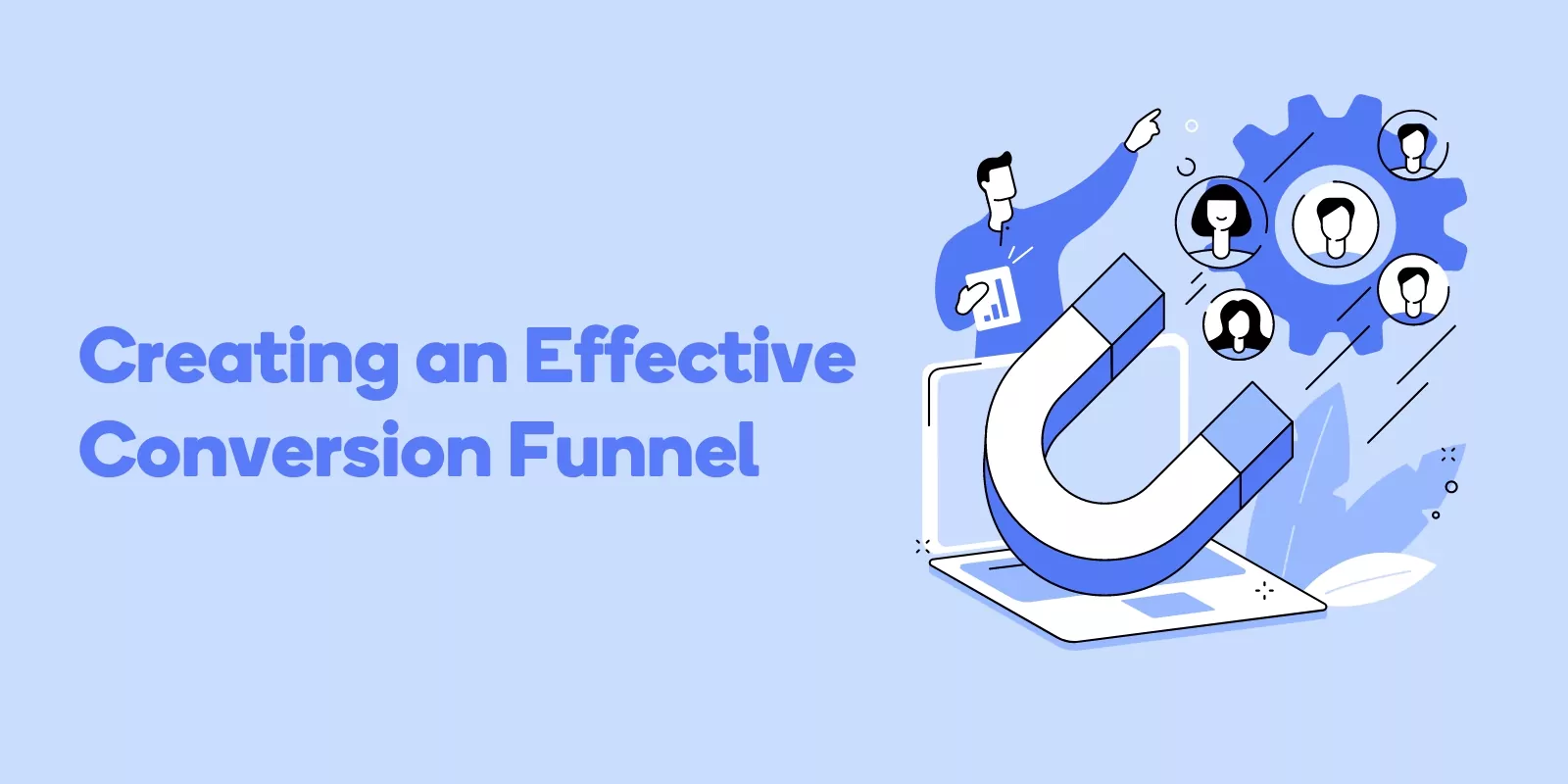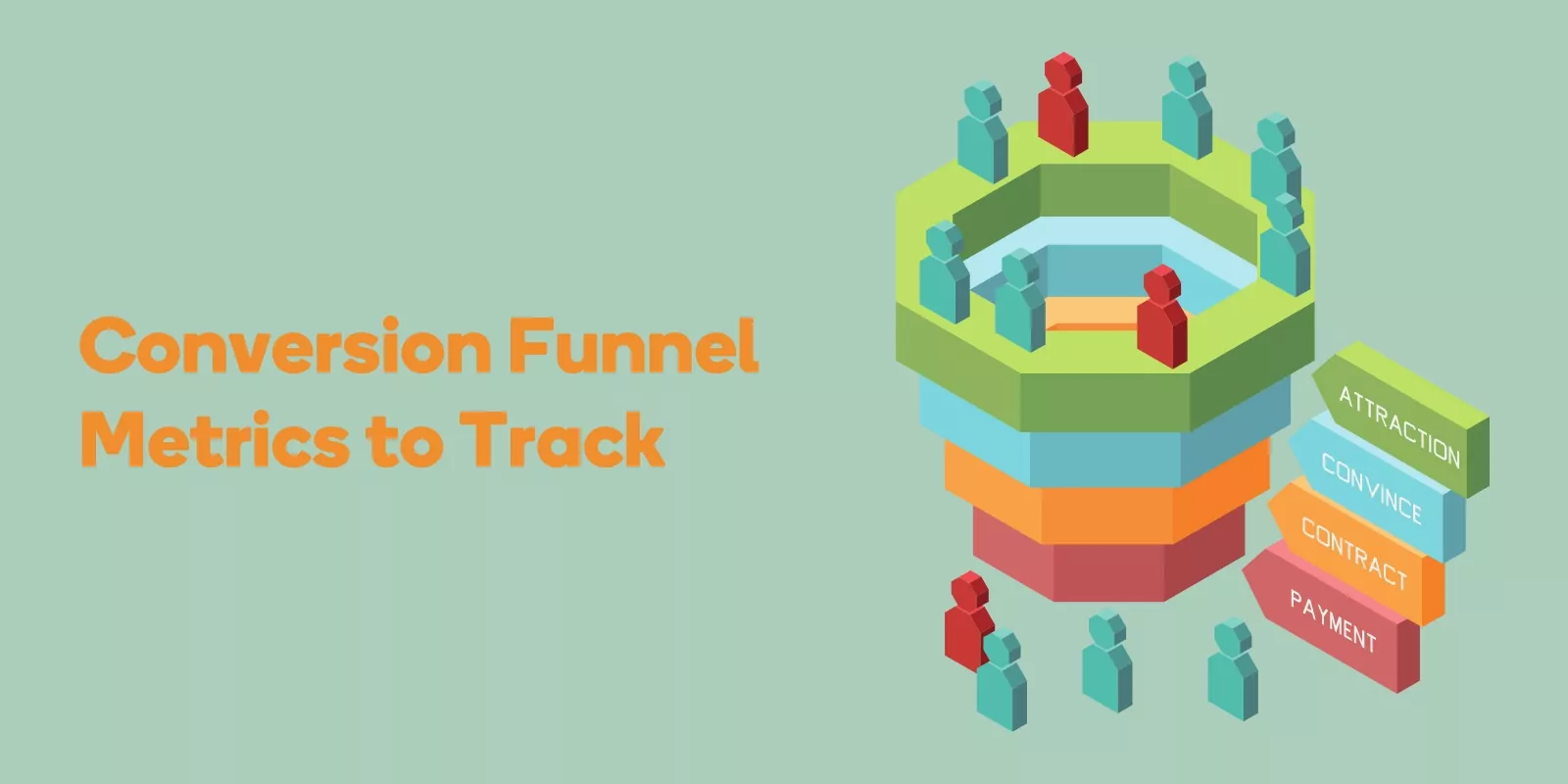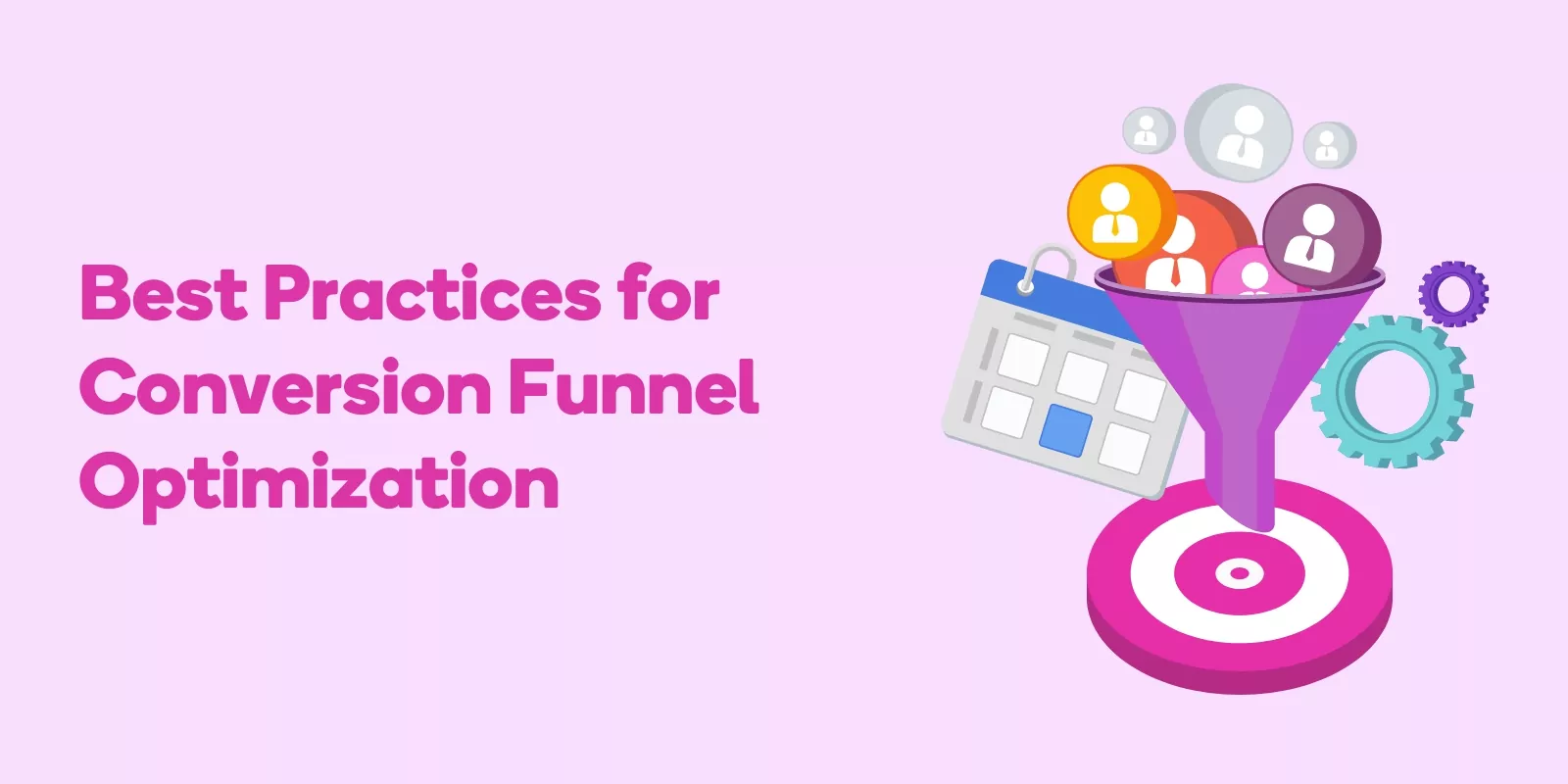I invite you to explore the realm of conversion funnel optimization with our comprehensive guide.
I’ll navigate through the complexities of conversion funnels, uncover their integral stages, and share effective strategies to metamorphose your business into a beacon of conversion success.
Understanding the Conversion Funnel
Think of a conversion funnel as a well-choreographed dance that guides your customers towards the desired action, be it purchasing a product or signing up for your newsletter.
This process helps businesses direct website visitors through a series of steps, ultimately converting them into leads and customers.
By understanding and optimizing conversion and sales funnels, businesses can improve their conversion rates, leading to increased revenue and overall growth.
In order to create an effective conversion funnel, it’s crucial to identify your target audience, map out the buyer’s journey, and develop a content strategy tailored to each stage of the funnel.
Additionally, optimizing landing pages and analyzing the funnel’s performance can further enhance results.
Let’s dive deeper into the world of conversion funnels and explore their key stages.
What Is a Conversion Funnel?
Imagine a funnel – wide at the top and narrow at the bottom. In marketing, it symbolizes the journey your potential customers go through before becoming paying customers.
This journey, known as the conversion funnel, consists of multiple stages that ultimately lead to the desired action.
The conversion funnel serves as a visualization of the sales process, allowing businesses to identify areas for improvement, enhance marketing strategies, and better understand their target audience.
The process starts with a large pool of website visitors at the top of your marketing funnel, (awareness stage) and ends with a smaller number of paying customers at the bottom (action stage).
By utilizing conversion funnel optimization techniques, businesses can improve their conversion rates and ensure that more visitors turn into leads and customers. This ultimately leads to a more successful and profitable sales process.
Why Conversion Funnels Matter
Conversion funnels are the lifeblood of any successful marketing strategy. They allow businesses to optimize their marketing efforts, increase revenue, and enhance customer experience.
By understanding the customer journey, businesses can tailor their marketing strategies to target audience needs, ensuring a smooth and efficient conversion process.
Key performance indicators (KPIs) play a significant role in measuring the performance of a conversion funnel.
Monitoring KPIs such as entrance rates, lead generation, conversion rates, and customer retention can provide valuable insights into marketing efforts and help businesses identify areas for improvement.
By continually refining and optimizing the conversion funnel, businesses can stay ahead of the competition and ensure long-term success.
Key Stages of the Conversion Funnel
Creating an effective conversion funnel requires a deep understanding of its key stages: Awareness, Interest, Desire, and Action (AIDA).
Each stage plays a crucial role in guiding potential customers through the funnel and toward the desired outcome.
Let’s take a closer look at each stage and explore the strategies businesses can implement to optimize their conversion funnel and maximize results.
Awareness Stage
The awareness stage is where the magic begins. It’s all about making potential customers aware of your brand, products, or services.
During this stage, businesses leverage marketing channels such as blogs, various social media platforms, and advertising campaigns to spark interest and drive potential customers to enter the conversion funnel.
By creating engaging content and utilizing marketing channels that resonate with the target audience, businesses can effectively raise brand awareness and set the stage for a successful conversion process.
The goal is to capture the attention of potential customers and entice them into the next stage of the funnel: Interest.
Interest Stage
Now that potential customers are aware of your brand, it’s time to pique their interest. The interest stage is all about providing prospects with valuable information and nurturing their curiosity.
This can be achieved through engaging content, personalized communications, and targeted promotions tailored to your audience’s needs and preferences.
During this stage of buying process, it’s crucial to create a connection with potential customers and showcase how your products or services can address their pain points.

Award-Winning
Sales Funnel & Website Expert
Ready for Revenue – Not Just “Traffic”?
- Websites that Work: Clean, fast, built to convert – no design fluff.
- Funnels that Sell for You: Step-by-step paths that turn clicks into paying customers.
- SEO That Hunts Buyers: Show up exactly when prospects reach for their wallets.
By offering relevant information and demonstrating the value of your offerings, you can successfully generate interest and guide prospects to the next stage: Desire.
Desire Stage
The desire stage is where you turn interest into a burning need. It’s all about persuading potential customers that your products or services are the solution to their problems.
This can be achieved through persuasive content that highlights the benefits of your offerings, addresses potential customer’ pain points, and showcases your unique selling proposition.
During this stage, businesses can leverage their social media marketing and proof, such as customer reviews and testimonials, to build trust and credibility with potential customers.
By creating an emotional connection with prospects and highlighting the value of your products or services, you can successfully cultivate desire and drive them towards the final stage: Action.
Action Stage
The action stage is the grand finale of the conversion funnel. It’s where prospects decide whether to take the desired action, such as making a purchase or signing up for a newsletter.
To encourage prospects to take action, businesses should streamline the user experience, offer incentives, and have sales teams to provide exceptional customer support.
Simplifying the checkout process, offering free shipping or discounts, and being readily available to assist customers with any questions or concerns can significantly improve the sales team’ likelihood of converting prospects into paying customers.
By addressing any barriers that may hinder the conversion process, businesses can optimize the action stage and bolster their overall conversion rates.
Creating an Effective Conversion Funnel
Now that we’ve explored the key stages of a conversion funnel, it’s time to put this knowledge into action and create your own effective conversion funnel.
By following a step-by-step approach and tailoring the conversion funnel stages to your target audience and business goals, you can maximize results and drive long-term growth.
In the following sections, we’ll delve into specific strategies for each stage of the conversion funnel, from identifying your target audience to analyzing and refining your conversion funnel analysis for optimal performance.
Identify Your Target Audience
The foundation of any successful conversion funnel lies in understanding your target audience. Identifying the needs, preferences, and pain points of your potential customers is essential for tailoring your marketing efforts effectively.
To gain insights into your target audience, consider conducting research on your existing customer base, administering surveys and interviews, and utilizing analytics tools to analyze audience behavior.
By understanding the demographics and psychographics of your potential and existing customers, you can create targeted marketing campaigns and offers that resonate with them and ultimately drive conversions.
Map Out the Buyer’s Journey
Visualizing the ideal buyer’s journey is crucial for structuring your conversion funnel effectively.
This process entails understanding your customers and potential buyers’ needs, pinpointing their pain points, and devising a plan to address those needs and pain points throughout the funnel.
To map out the buyer’s journey, start by identifying the stages of the customer journey, analyzing customer behavior, and creating a visual representation of the journey.
By understanding how your customers progress through each stage, you can tailor your marketing efforts accordingly and ensure a seamless and efficient conversion process.
Develop a Content Strategy
Content is king when it comes to guiding prospects through the conversion funnel. Creating relevant and engaging materials for each stage of the funnel is essential for capturing attention, building interest, and driving conversions.
To develop an effective content strategy, consider the needs of your target audience, leverage data to inform content decisions, and assess the effectiveness of your content.
By creating content that resonates with your audience and aligns with your business goals, you can effectively guide prospects through the funnel and achieve optimal results.
Optimize Landing Pages
The landing page is the first point of contact between your brand and potential customers, making it a critical component of your conversion funnel.
To design high-converting landing pages, consider implementing a clear call-to-action, engaging visuals, and concise forms.
Additionally, testing different versions of the landing page can help you identify which layout and content perform best, allowing you to optimize your landing pages for maximum conversions.
By creating an effective landing page, you can capture leads and drive them further down the funnel.
Analyze and Refine Your Funnel
Monitoring the performance of your conversion funnel is paramount for ongoing optimization and success.
By analyzing key metrics such as entrance rates, lead generation, conversion rates, and customer retention, you can gain valuable insights into your marketing efforts and identify areas for improvement.
Making data-driven adjustments to your funnel can help you enhance conversions and minimize friction, ensuring a smooth and efficient customer journey.
Regularly reviewing and refining your conversion funnel allows you to stay ahead of the competition and achieve long-term success.
Conversion Funnel Metrics to Track
Measuring the effectiveness of your conversion funnel is essential for refining your marketing strategies and driving business growth.
By tracking key metrics, you can gain insights into the performance of your funnel and identify areas for improvement.
In this section, we’ll explore essential metrics that can help you monitor your conversion funnel performance and make data-driven decisions to optimize your marketing efforts.
Entrance Rates
Tracking entrance rates, or the number of users entering the funnel, can provide valuable insights into the effectiveness of your marketing channels.
By identifying which channels are driving the most traffic, you can prioritize your marketing efforts and optimize your overall strategy.
Monitoring entrance rates can help you ensure that your marketing channels are reaching the right audience and driving potential customers into your conversion funnel.
Lead Generation
Measuring lead generation rates is crucial for evaluating the success of your interest-building strategies.
By tracking the number of leads generated through various marketing channels, you can identify which tactics are most effective at capturing potential customers’ attention and driving them further into the funnel.
This information can help you refine your marketing efforts, ensuring that you’re focusing on the most impactful strategies for generating leads and driving conversions.
Conversion Rates
Conversion rates are a critical metric for gauging the overall performance of your conversion funnel. By tracking the percentage of users who complete the desired action, you can identify areas of the funnel that may require optimization.
Monitoring conversion rates can help you pinpoint any obstacles or issues within the funnel, allowing you to make data-driven adjustments and enhance the overall effectiveness of your marketing efforts.
Customer Retention
Customer retention is a vital metric for ensuring long-term business growth and sustainability.
By monitoring the percentage of customers who make repeat purchases or remain loyal to your brand, you can gain insights into the effectiveness of your post-purchase strategies and overall customer satisfaction.
Focusing on customer retention can help you build long-lasting relationships with your customers, driving long-term growth and success for your business.
Best Practices for Conversion Funnel Optimization
Armed with a deep understanding of the conversion funnel and its key metrics, it’s time to put these insights into practice and optimize each stage of the funnel for maximum results.
By implementing expert tips and techniques, you can ensure that your marketing efforts are effectively guiding prospects through the funnel and driving conversions.
In this section, we’ll explore best practices for optimizing each stage of the conversion funnel, from personalization to search engine optimization to streamlining user experience.
Personalization
Personalization plays a crucial role in enhancing customer experience and driving conversions. By utilizing data to provide individualized content and experiences based on customer preferences and behavior, businesses can create a more effective and optimized marketing experience.
Personalization not only helps to build trust and loyalty among potential customers, but also increases the likelihood of successful conversions.
A/B Testing
A/B testing is a powerful tool for refining marketing strategies and improving funnel performance.
By comparing different versions of a webpage, app, or email, businesses can identify which elements perform better and optimize their marketing efforts accordingly.
Conducting regular A/B tests can help businesses fine-tune their marketing strategies, ensuring optimal results and a seamless customer journey.
Utilizing Social Proof
Social proof is a powerful tactic for building trust and credibility with potential customers. By showcasing customer reviews, testimonials, and endorsements, businesses can demonstrate the value of their products and services and persuade prospects to take action.
Incorporating social proof into your marketing efforts can significantly improve conversion rates and drive long-term growth.
Streamlining User Experience
A seamless user experience is essential for facilitating smooth progression through the conversion sales funnel stages.
By optimizing the design process and removing any unnecessary steps or obstacles, businesses can create an effortless journey that encourages prospects to complete the desired action.
Streamlining user experience not only enhances customer satisfaction, but also increases the likelihood of successful conversions, driving long-term growth and success.
Frequently Asked Questions
What are the steps in the conversion funnel?
The steps of a conversion funnel include Awareness, Interest, Desire, Action, and Retention. Consumers progress from Awareness to Interest when they learn about the product or service. Interest leads to Desire as consumers form a connection with the product or service.
Once the consumer takes action, such as making a purchase, businesses must work to retain the customer.
What is a good conversion funnel?
A good conversion funnel is a critical component of any successful digital marketing strategy. Our survey respondents shared their opinions on what constitutes a good funnel conversion rate, with 30% agreeing that 3.1% – 5%, and 18% believing 5.1% to 8% and 1.1% to 3%, are good metrics.
By using these suggested rates, you can make sure your funnel is as optimized for conversions as possible.
What is conversion funnel theory?
Conversion funnel theory is a marketing concept that describes the customer journey from initial discovery of a product or service to conversion to a paying customer. It visualizes the path prospective customers take to reach their goal and identifies points where potential customers drop off, allowing marketers to optimize the journey for maximum efficiency.
By understanding the customer journey, marketers can create targeted campaigns that focus on the most important steps in the funnel. This helps to ensure that customers are more likely to convert and that the marketing budget is being used effectively.
How do you build a complete sales funnel?
Building a sales funnel is a multi-step process. First, you must analyze your target audience and understand their wants and needs. Next, create a landing page that captures attention and provides an opportunity for the customer to engage with your business.
Then, construct an email drip campaign to nurture leads and keep them informed about new developments. Finally, track results and adjust as needed. By following this formula, you can build a complete and successful sales funnel.
Conclusion
In conclusion, optimizing your conversion funnel is the key to unlocking the full potential of your business.
By understanding the key stages of the funnel, implementing best practices, and tracking essential metrics, you can create a highly effective marketing strategy that drives conversions and long-term growth.
With the comprehensive guide provided in this blog post, you’re now equipped to transform your business into a conversion powerhouse.
The journey to success starts here – are you ready to take the leap and optimize your conversion funnel?
